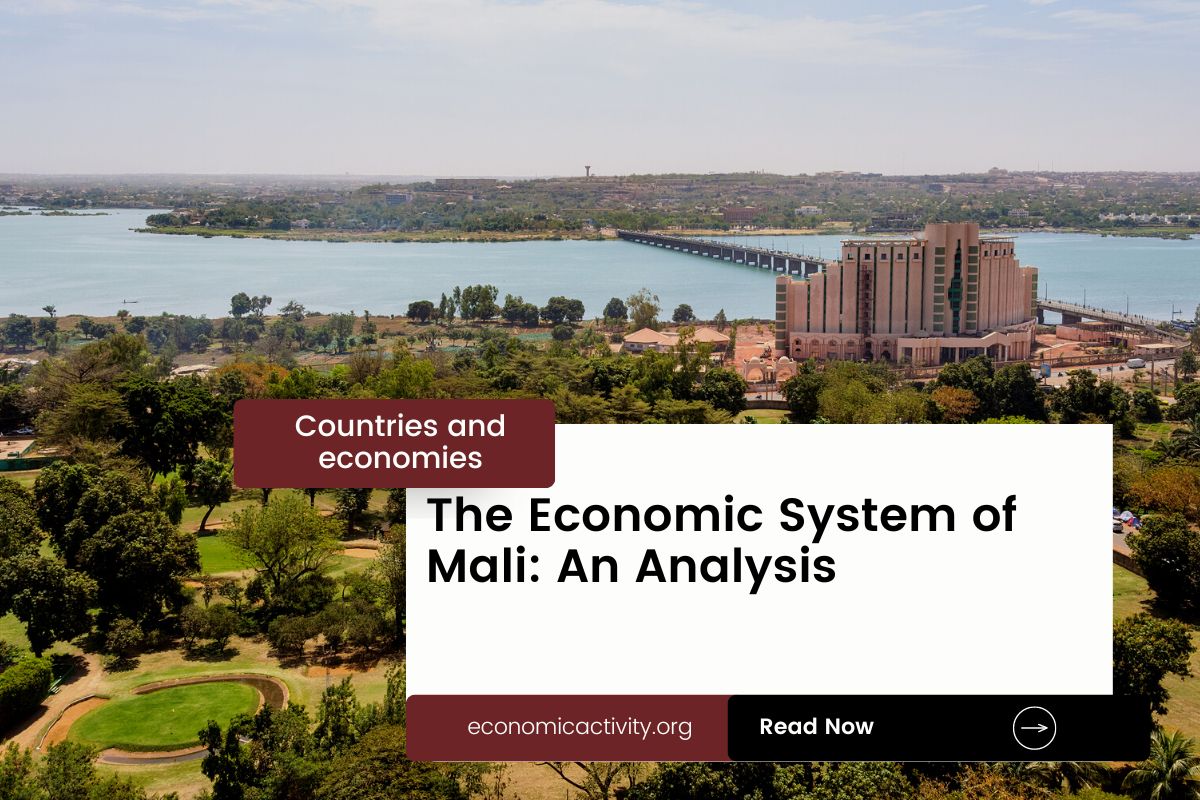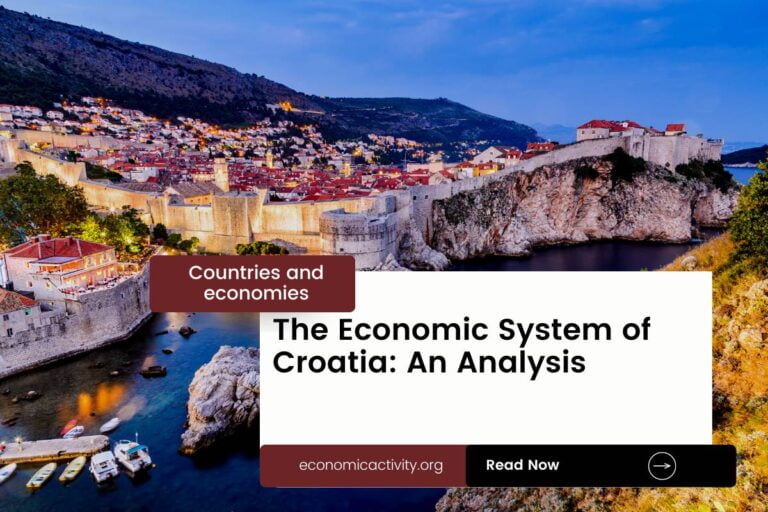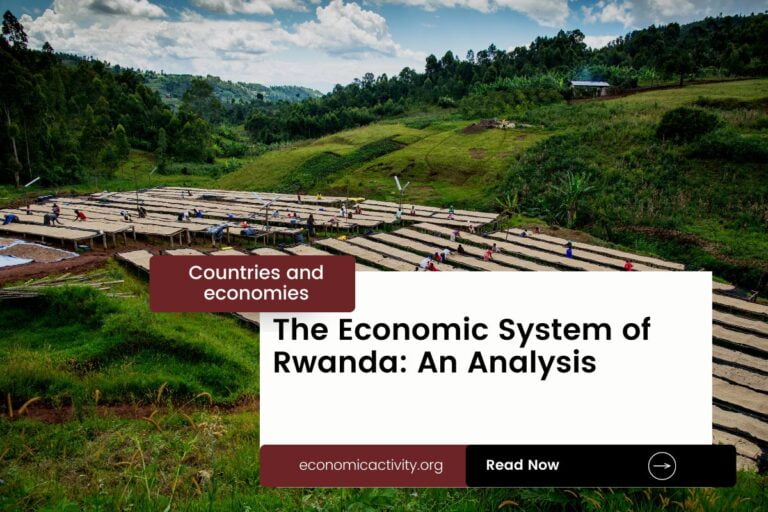What is the economic system of Mali? The economy of Mali is based on a mixed economy. The country’s economic system combines elements of a market economy and a planned economy.
Mali’s economy is largely based on agriculture, with gold and cotton being the main exports. Mining, livestock, and fishing also contribute to the economy.
In Mali, the economy is composed of a private sector, consisting of individuals and businesses that make autonomous decisions based on self-interest, and a public sector, where the state determines the production and distribution of certain goods and services. No country is purely capitalist or purely communist.
What do the freedom indexes tell about the economic system of Mali?
Now, to determine if a country is mainly a market economy or a planned economy, it is useful to examine some economic indexes. For instance, according to the 2022 Index of Economic Freedom, which measures the ability of every human to control his own labor and property, Mali is ranked 114th globally and 18th in Sub-Saharan Africa indicating that the country has a mostly unfree economy.
In a similar way, the 2022 Freedom House index evaluates the state of political rights and civil liberties globally. Generally, market economies tend to align more with democracy and freedom, while command economies tend to be characterized by greater state control and fewer democratic and civil liberty protections. Mali gets a score of 32/100, which qualifies it as Not Free. Mali is a country where the government controls what people do for political reasons, and people have limited freedom to choose (what, how much and how to produce, whether to buy or not, selling price, etc.)
The Link Between Public Sector Employment and the Economic System of Mali
An indicator of the extent to which the State is involved in the economy is the number of public sector employees. In Mali, according to ILOSTAT, the number of public sector employees as a percentage of the total workforce is 2.38% (2020). In the country’s mixed economy, the number of public sector employees as a percentage of the total workforce varies based on the specific policies and practices adopted by the State. Some economic activities are left to the private sector while others are under government control. The bigger the public sector the closer the economy is to being a command economy.
What do the biggest companies in Mali say about the country’s economic system?
The biggest company in Mali should also be looked at, as well as whether it is a state-owned or private company. In this case, Orange Mali is a telecoms provider from Mali, offering mobile, internet, and TV services and is owned by private shareholders.
Mali’s private sector industries include agriculture, mining, and telecommunications. Public industries include healthcare, education, and transportation.
The historical factors that have influenced the economic system of Mali
Mali’s mixed economy system results from a combination of factors, including the country’s colonial history, post-independence economic policies, and current economic structure.
Colonial rule left Mali with a legacy of unequal access to resources and a lack of economic diversification. Post-independence policies focused on state-led development, which led to a reliance on foreign aid and a lack of private-sector investment. The current economic structure is characterized by a large informal sector, a lack of diversification, and a reliance on natural resources.





Leave a Reply